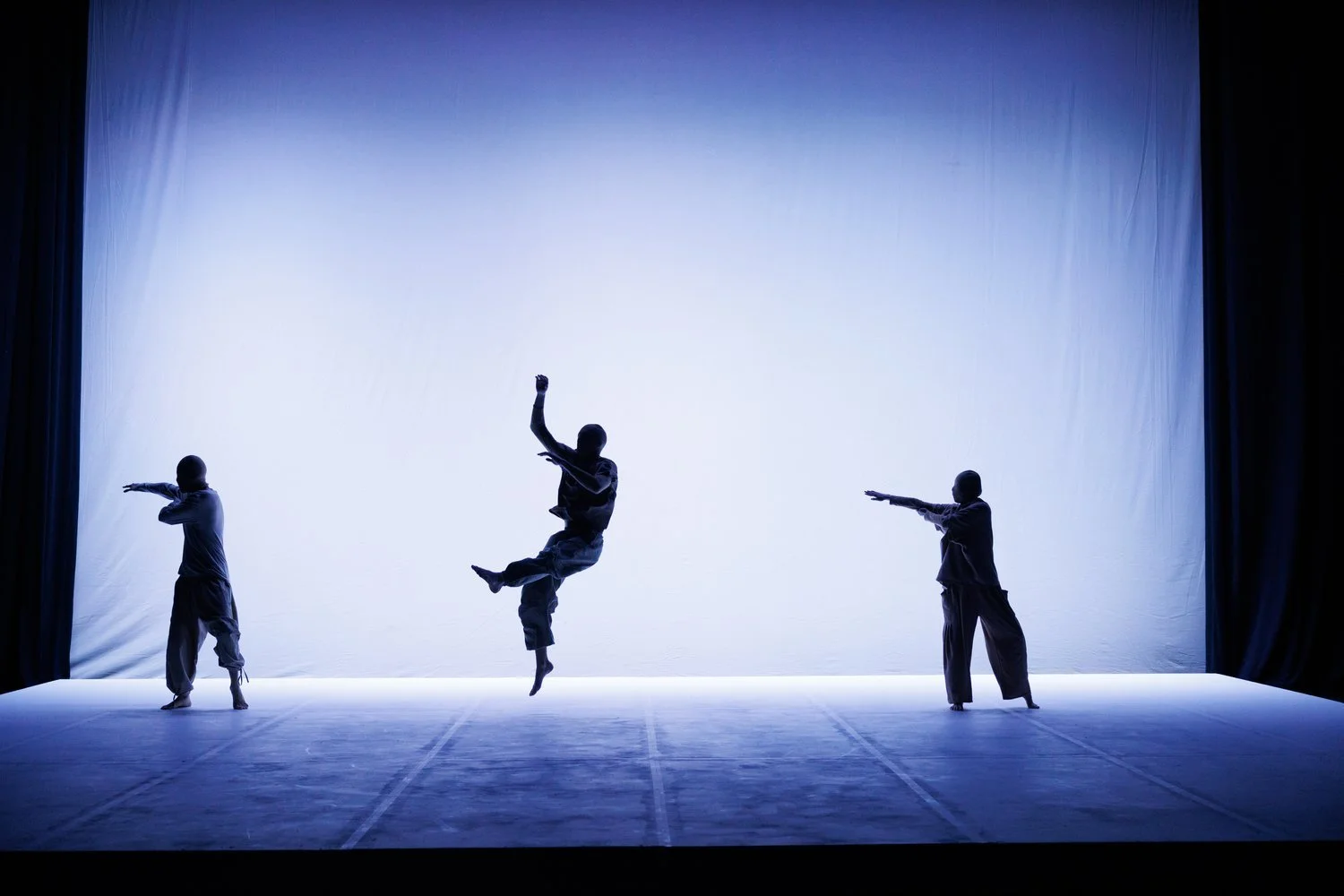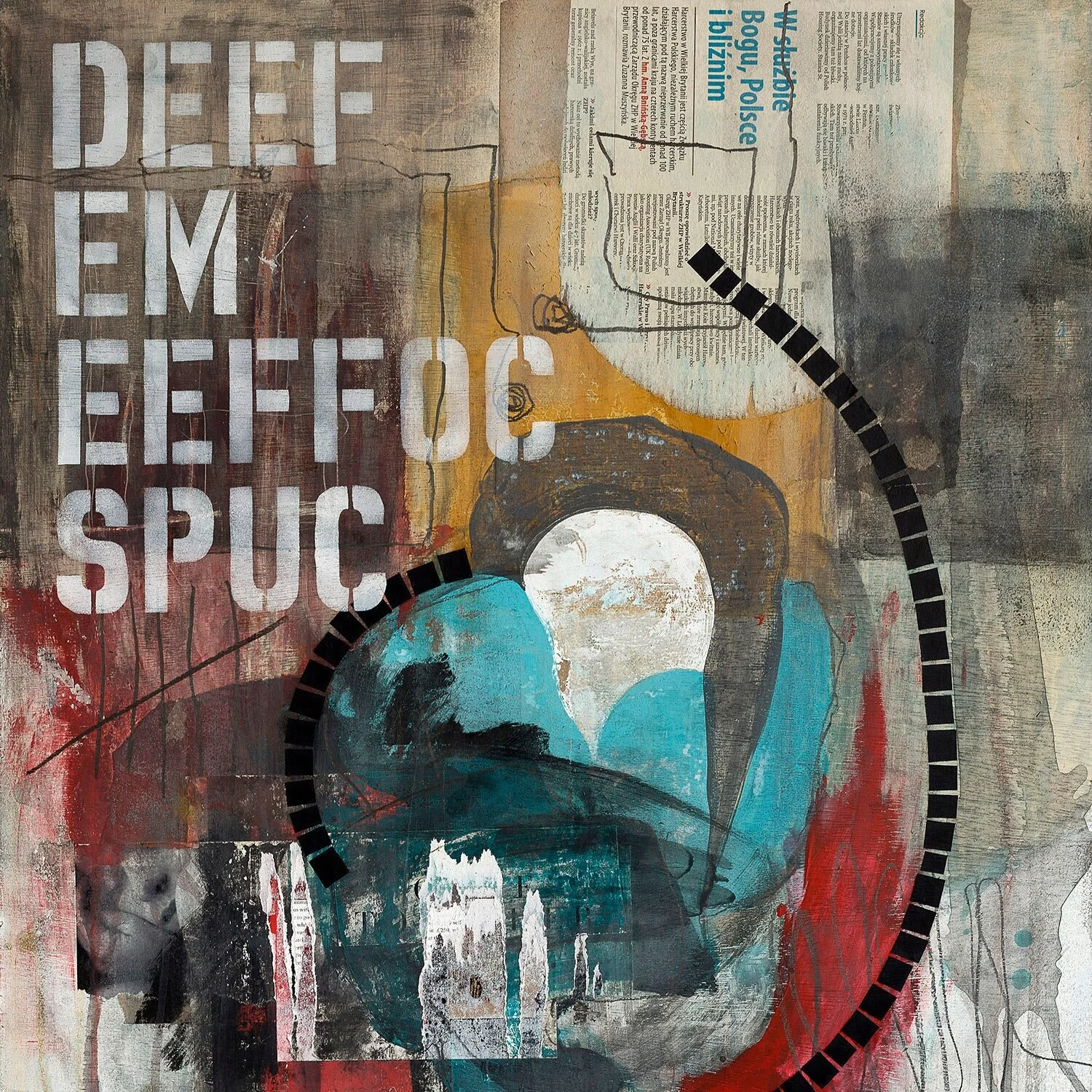INTERVIEW | Qeas Pirzad
A descendant of Afghani transplants to the Netherlands, Pirzad quickly mastered the ability to occupy the contrasting worlds of life both in and out of his home. Much of his work is a reflection of the artist’s revelation of defining his own reality. Pirzad reflects on realizing societal and ancestral influences on his existence. Following an epiphany of these influences’ impact on his existence, Pirzad used his art to analyze and deconstruct the results of his previously prescribed reality.































